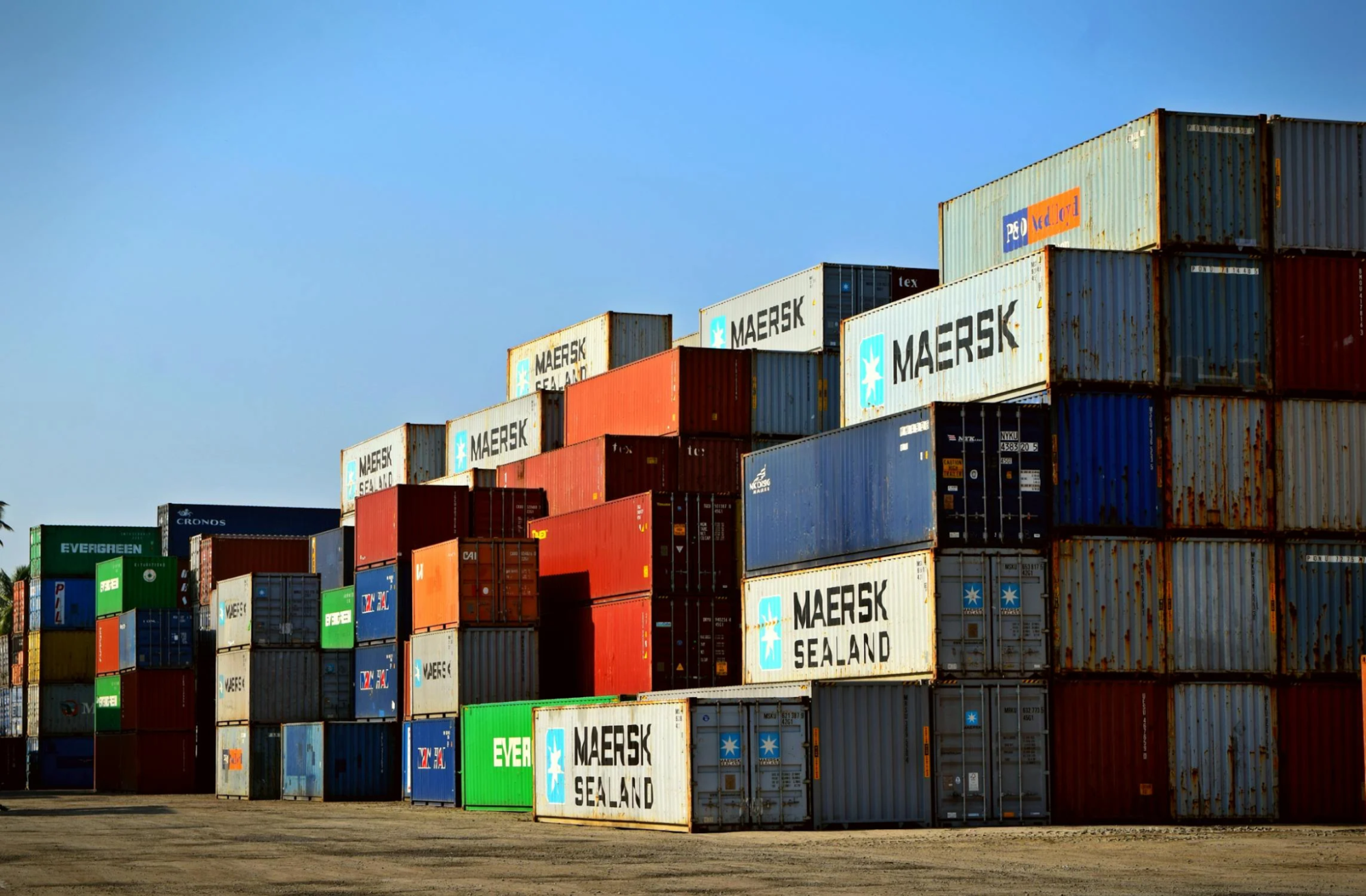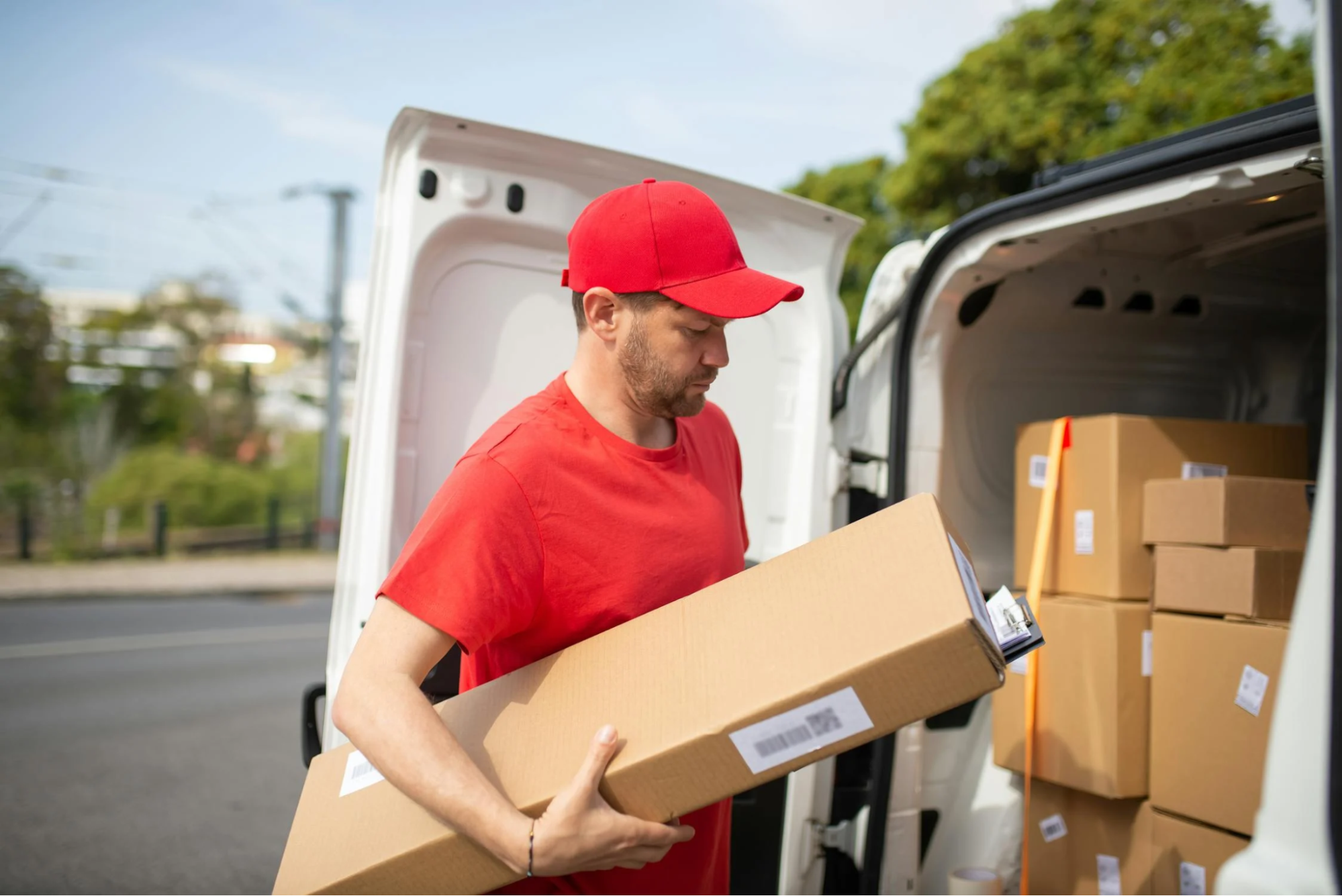Mastering Shipping Automation: A Comprehensive Guide For eCommerce Businesses

Shipping is the backbone of any eCommerce business—and how you handle your shipping process makes a world of difference for your brand's success.
In today's digital marketplace, efficient shipping isn't just a convenience. It's a critical component of customer satisfaction and retention.
Here’s why having an efficient shipping journey is so important for your business:
- 95% of eCommerce consumers expect any shipping issues to be resolved in transit.
- 84% of consumers will not revisit your store after a bad return experience.
- Over 70% of consumers cite convenience as their top reason to shop online.
- Only 20% of shoppers are willing to forgive retailers for delivery disruptions due to supply chain issues.
The statistics speak for themselves—having an efficient and reliable shipping process can be the difference between earning loyal, repeat customers and losing them to competitors.
While your shipping process might start straightforward when your business is small, as your eCommerce business gains traction, manually managing orders becomes increasingly difficult and time-consuming.
This is doubly true when you offer international shipping.
While you can hire additional employees to assist, this also means managing more moving parts and allocating additional resources to oversee the shipping process.
Even with more hands on deck, relying on a manual shipping process introduces the potential for human error and inefficiencies, which can lead to delays and low customer satisfaction.
That’s where automated shipping comes in.
By implementing automated shipping solutions, you can automate various aspects of the shipping process, from order processing to label generation and package tracking.
This not only reduces the burden on your team, but also ensures a smoother and more efficient shipping workflow.
In this article, we explore the benefits of automatic shipping systems in detail, provide practical insights into how you can begin implementing automated shipping solutions, and outline three ways you can automate your eCommerce shipping with Spark Shipping.
How Do Shipping Automation Tools Work?
In the fast-paced world of eCommerce, efficiency is key, and shipping automation is at the forefront of streamlining operations.
But how exactly does shipping automation work?
At its core, automated shipping software uses technology to streamline and optimize the various processes involved in getting products from your warehouse to your customers' doorsteps.
Here’s how various types of shipping automation software can work to streamline your business:
Order processing: With shipping automation, you can automatically import orders from your eCommerce platforms into your shipping system. This eliminates the need for manual data entry and ensures that orders are processed quickly and accurately.
Shipping label generation: Shipping automation allows businesses to automatically generate shipping labels for each order and eliminates the need for manual label creation. The software can retrieve order details, including shipping addresses and package dimensions, and generate shipping labels for various carriers.
Package tracking: One of the key benefits of shipping automation is the ability to track packages in real-time. Automated shipping solutions integrate with major carriers' tracking systems and allow you to monitor the status of each shipment from the moment it leaves your supplier’s warehouse.
Shipping rate calculation: By integrating with carriers' rate tables and shipping APIs, shipping automation systems can accurately calculate shipping costs based on factors such as package weight, dimensions, and destination.
Inventory management systems: Automated shipping software can synchronize inventory data across multiple sales channels and warehouses, ensuring accurate inventory management. It can also automatically update inventory levels in real-time as orders are processed and shipments are made, preventing overselling and stockouts.
Returns and exchanges: Shipping automation software can streamline the returns and exchanges process by automating return label generation, return authorization, and inventory restocking.
How to Choose the Right Shipping Automation System

Before choosing a shipping automation system, you need to carefully consider a few key factors to ensure that you select the right solution for your business.
Here are some essential steps to guide you through the process:
Identify your challenges
Identify the pain points and shipping challenges in your current process. Are you struggling with manual data entry, inventory management, or order processing?
Understanding your current pain points will help you prioritize which features you need in a shipping automation system.
Assess your order volume
Consider your current order volume and projected growth. A shipping automation system should be able to handle your current order volume and scale with your business as it grows.
Evaluate your sales channels
Take stock of the sales channels you operate in, and choose a shipping automation system that integrates with all your sales channels to centralize order management.
Review your shipping requirements
Evaluate your shipping requirements, including the types of products you sell, shipping methods offered, and shipping destinations.
Make sure the shipping automation system supports your specific shipping needs, such as international shipping, multiple carriers, or special handling requirements.
Assess your inventory management process
Look for a shipping automation system that offers robust inventory management features, including:
- Real-time inventory tracking.
- Low stock alerts.
- Inventory synchronization across all sales channels.
Determine your budget
Consider both up-front costs, such as setup fees or hardware requirements, and ongoing costs, such as monthly subscription fees or transaction fees.
Choose a system that fits into your budget, meets your business needs, and can grow with you as your business (and budget) expands.
Consider your growth plans
Choose an automated shipping system that can adapt to your evolving needs and accommodate new sales channels, increased order volume, and additional features as your business grows.
A Step-By-Step Guide to Choosing a Shipping Automation System
Once you have a clear understanding of your shipping process and pain points, you can begin looking for an automated shipping system that meets your business’s needs.
Here’s how to choose and implement your automated shipping system:
1. Choose which automation tools you need
Identify the automation tools and solutions that best suit your needs based on your assessment.
Research and compare different automation software options, considering factors like:
- User-friendliness.
- Features.
- Integration capabilities.
- Customer support.
- Cost.
Look for solutions that offer customization options and consider tools that align with the level of shipping automation your business needs.
2. Integrate the tool with your existing systems
Ensuring a seamless transition means that your chosen automation tools need to effectively integrate with your existing systems.
Make sure that the automation tools you choose can easily integrate with your eCommerce platforms, inventory management software, accounting systems, and any other platforms you use.
During the integration process, check that data and real-time updates are both accurate and functional. Remember to test different scenarios to ensure that there are no errors or delays when the data flows between different systems.
3. Train and onboard your team
Training your team on the new tools is essential to ensure a smooth transition to automated shipping processes.
Start by creating a detailed training plan that covers all aspects of the automation system. Then, schedule hands-on training sessions where your team can interact directly with the software.
Supplement these sessions with user manuals and video tutorials that team members can refer to at their own pace.
Throughout the process, encourage open communication and provide ongoing support as your team adapts to the changes.
4. Test the system
Before fully implementing shipping automation, thoroughly test the automated workflows.
Run test orders through the system to ensure that orders are processed accurately, labels are generated correctly, and tracking information is updated as expected. Then, identify any issues or glitches and promptly address them with your automation provider.
Remember, you don’t have to fully automate your shipping all at once. You can start by identifying the most important areas for improvement and focus on automating those processes first.
As you gain confidence and experience in shipping automation, you can gradually expand your automated workflows to cover additional aspects of your shipping operations.
3 Ways to Automate Your eCommerce Shipping with Spark Shipping

Managing eCommerce shipping can be complex, but with Spark Shipping, you can streamline the process and save time while reducing the chances of errors.
Here are three powerful ways Spark Shipping can automate your eCommerce shipping:
Automated order fulfillment
Instead of manually inputting data, automated order fulfillment systems do it all for you, saving you time and reducing the chances of human error.
It’s a game-changer in the world of eCommerce, and we take it to the next level with our automated order fulfillment capabilities:
One-to-many mapping
Our one-to-many mapping feature allows you to link a single product to multiple vendors, including your own warehouses or 3PLs.
This enables each product listing to track different SKUs, vendor identifiers, stock quantities, and unit costs for each vendor it's linked to.
Automatic order routing
As soon as customers place orders in your store, our software automatically routes them to the correct vendors.
We ensure that orders are sent in the format required by each vendor, including:
- Plain Text Email
- CSV via Email/FTP/SFTP/FTPS
- XML via Email/FTP/SFTP/FTPS
- EDI 850/940
- REST/SOAP API
- HTTP GET/PUT/POST
Flexible routing options
You have the flexibility to fully automate order routing or set up rules for manual approval.
For example, you can automatically send orders to a specific vendor or flag orders that have a high fraud risk.
Intelligent order routing
Our intelligent order routing feature sets Spark Shipping apart from other eCommerce automation solutions.
When an order contains products linked to multiple vendors, we can automatically route each line item to the vendor with, for example, the product in stock at the lowest cost.
This ensures that you can keep products in stock, fulfill orders more efficiently, and even route orders at lower prices than your competitors.
eCommerce platform integration
Managing an online store across multiple platforms can be a daunting task. Each platform comes with its own set of challenges and requirements, making it difficult to keep everything organized and running smoothly.
That's where Spark Shipping comes in.
Our eCommerce site integrations simplify the connection between your online stores and vendors, making tasks like uploading products, inventory management, and accepting orders easier than ever.
Our eCommerce platform integrations include:
- Amazon.
- BigCommerce.
- Brightpearl.
- ChannelAdvisor.
- eBay.
- Magento.
- SellerActive
- Shopify.
- SkuVault.
- Weapon Depot.
- WooCommerce.
Automated tracking updates
Sending tracking updates manually can be a tedious process. Whether you’re constantly monitoring shipments or retrieving tracking numbers from various vendors, the entire process is labor-intensive and prone to human error.
With so many shipments to track and update, the risk of overlooking or miscommunicating tracking information to customers is high. As your business grows and order volumes increase, it only becomes more difficult.
Spark Shipping streamlines the process by automatically updating your store with tracking numbers. As soon as your vendors provide tracking information, we mark your orders as sent and keep your customers informed every step of the way.
If you work with smaller suppliers that can't provide tracking data, we have you covered. Our platform can pull tracking data directly from carriers like UPS and FedEx, ensuring that you have real-time visibility of the status of your shipments.
Key Benefits of Implementing Automated Shipping Software

Implementing automated shipping software can revolutionize your eCommerce operations, bringing a host of benefits that drive efficiency and boost profitability. Here's how:
Reduce manual labor: Automating tasks such as order processing, label generation, and inventory management reduces the need for manual labor, freeing up time for your team to focus on other strategic activities.
Minimize errors: Automated systems are less prone to human error, ensuring that orders are processed accurately, shipping labels are generated correctly, and inventory levels are updated in real-time.
Improve supply chain efficiency: Shipping automation optimizes supply chain processes by streamlining order fulfillment, reducing lead times, and improving overall operational efficiency.
Enhance order fulfillment: With automated shipping processes in place, orders can be processed and shipped more quickly, leading to faster delivery times and an improved customer experience.
Increase scalability: Shipping automation systems can scale to accommodate increased order volumes and expanded product lines without compromising efficiency or accuracy.
Gain analytics insights: Automated systems collect and analyze data on order volume, shipping times, customer preferences, and more, providing valuable insights that can inform business decisions.
Centralize management: Automated shipping software centralizes order and inventory management across multiple sales channels, providing a unified view of your operations and simplifying management tasks.
Save money: By reducing the need for manual labor, minimizing errors, and improving supply chain efficiency, automated shipping software can help lower your operational costs and increase overall profitability.
If you’re ready to streamline your shipping process, it’s time to embrace automation and unlock the full potential of your eCommerce business. Get a Spark Shipping demo today!
Popular Posts
Posts by Topic
- Dropshipping (5)
- Dropshipping Automation (4)
- Dropship Suppliers (3)
- EDI (3)
- Pricing Strategy (3)
- Amazon Seller Central (2)
- Conversion Rate Optimization (2)
- Dropshipping Products (2)
- Order Management (2)
- Vendor Product Catalog (2)
- Dean Soto (1)
- Feature Announcement (1)
- Online Empire Academy (1)
- Product Optimization (1)
- Shipping (1)
- Walmart Marketplace (1)
- referral marketing (1)